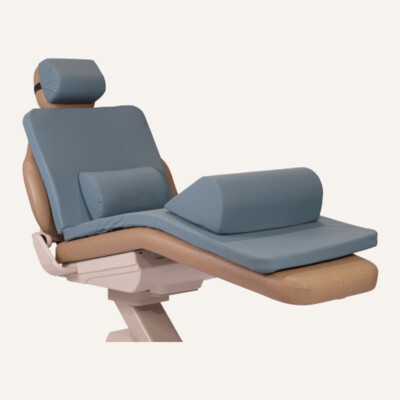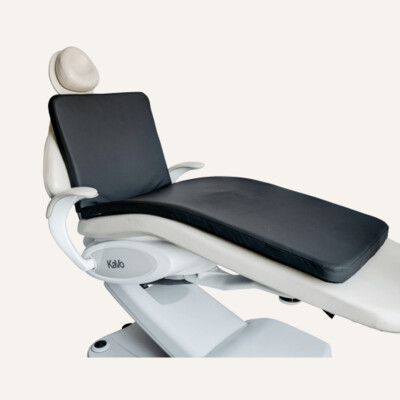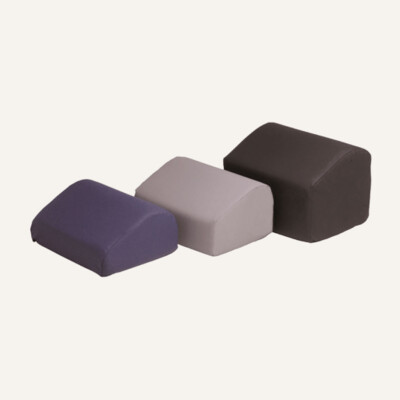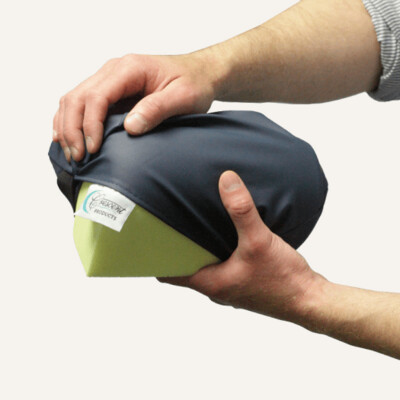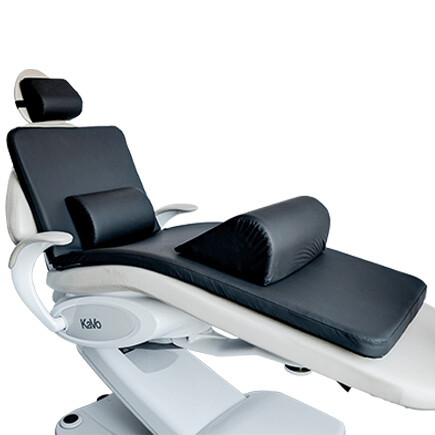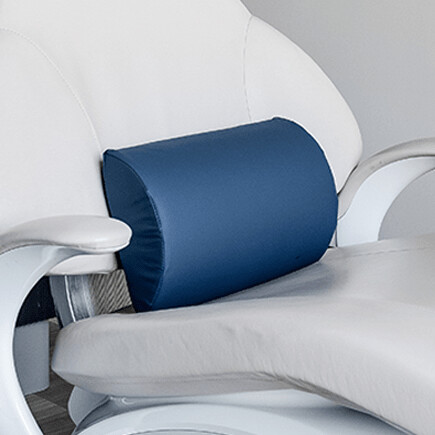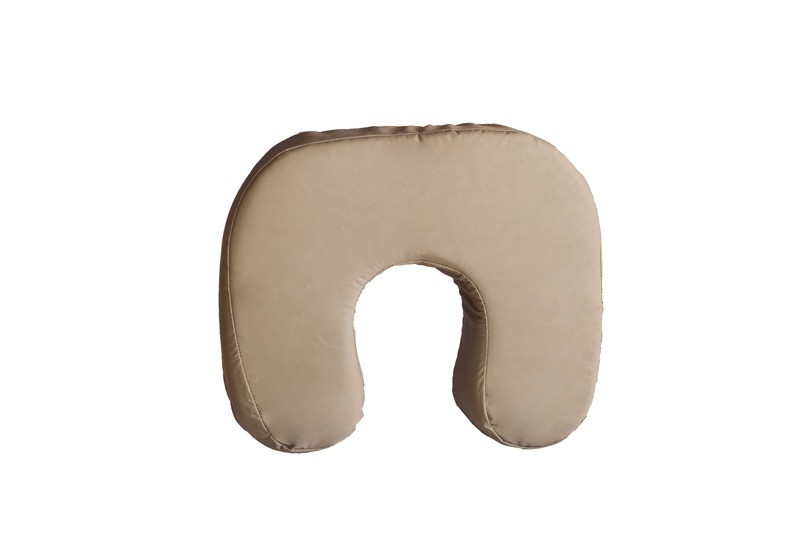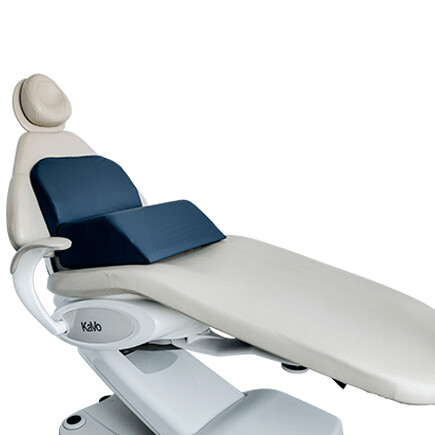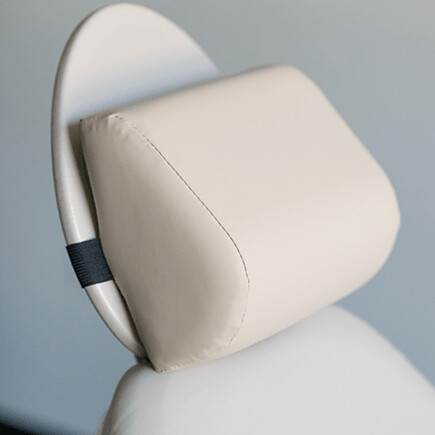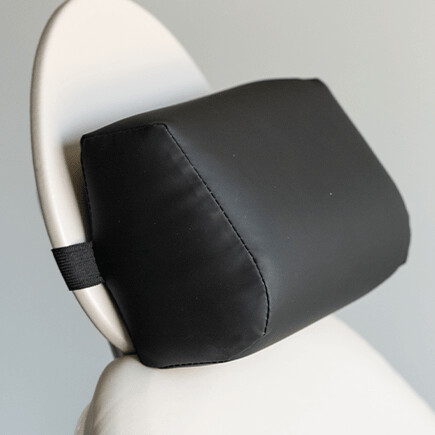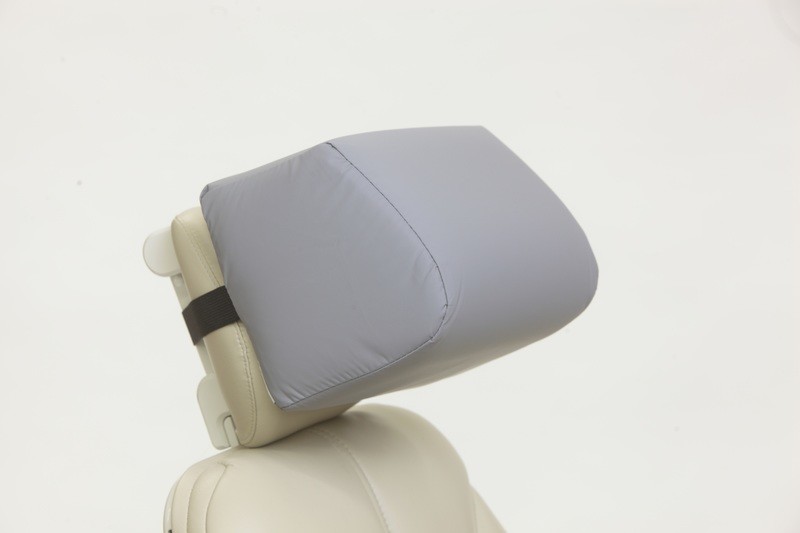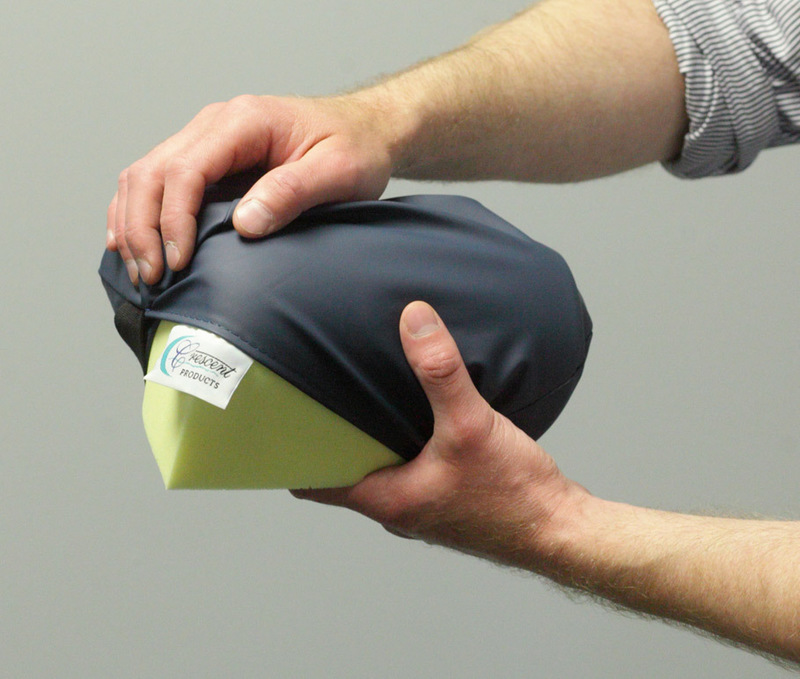The Most Important Thing Dentists Can Do to Manage Their Pain
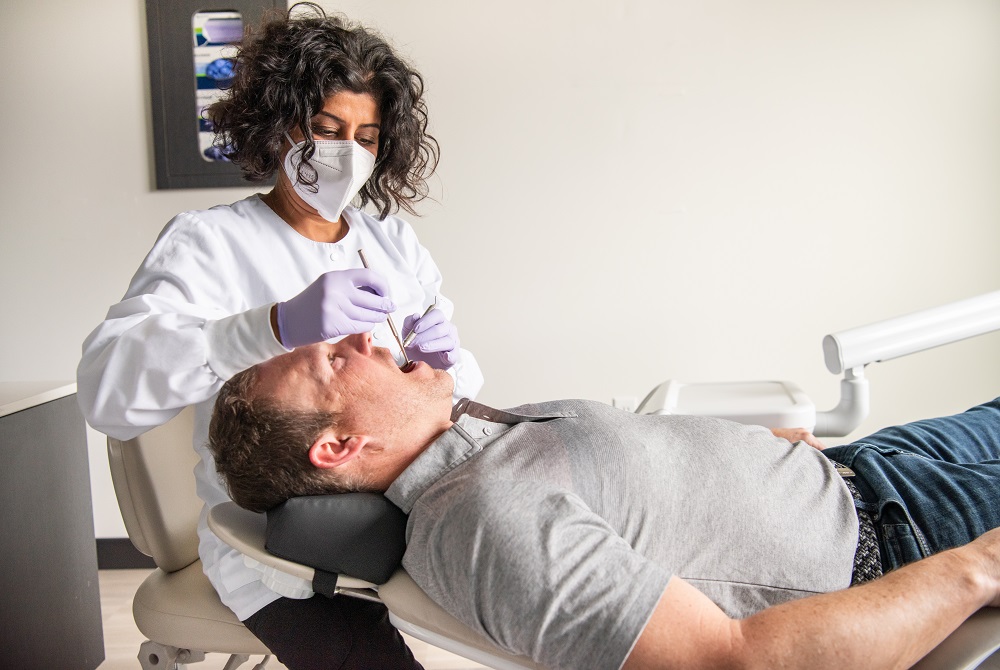
Plenty of studies have been done on pain in dentists over the years. While the methodologies of these studies have changed, one thing is certain: an overwhelming number of people in the dental field experience pain and discomfort because of their jobs. The prevalence of musculoskeletal issues among dentists is staggeringly high, with more than 70% of dentists experiencing some type of pain in one of the following areas of their bodies:
- Neck
- Back (upper or lower)
- Hips
- Elbows
- Shoulders
- Wrists
Dentists are four times more likely to experience pain than the general public; you’d think that their profession was one of harsh manual labor and danger, yet it’s not. The problem is that dentists remain sedentary for much of their days, and the little movement they do have is often repetitive. These small, repetitive movements, combined with treating patients while in a posture that puts strain on the body, become a significant cause of the pain that is experienced.
But there is something that can be done to mitigate this pain.
The Best Thing Dentists Can Do to Mitigate Pain
There are many things dentists can do to resolve the issue of pain in their profession, but none of them solve the true underlying cause of pain:
- Stretching and strengthening muscles: this helps alleviate pain, but that is only treating the symptoms.
- Maintaining proper posture during treatment: while this can help prevent pain, it still does not address the underlying issue that causes pain. It’s also near impossible to do without addressing one very important issue.
So, What’s the Underlying Issue?
There is one clear issue that causes pain in dentists: improper patient positioning. It’s this issue that leads to everything else. When your patients are not positioned properly, it leads to you having to maintain uncomfortable postures and positions for extended periods of time as you treat them. It forces you to contort your body and hold positions that are uncomfortable and unnatural. This makes positioning your patient in a way that reduces strain on your body the single most important thing any dentist can do to avoid and limit the pain they feel throughout their entire career.
Optimal Patient Positioning
There is a right way to position patients, allowing you, the dentist, to work comfortably and efficiently. From the position of the head to their back, hips, legs, and even arms, patient positioning not only determines whether the patient is comfortable, it also grants you the greatest access to treatment areas of the mouth.
What’s the optimal position for dental patients? We have answered that in a previous blog post here. You can also find out more about how Crescent Products Dental Chair Accessories help you position patients for comfort and success.
